Nadar: The First Photographer to Capture Aerial Shots in 1858
Introduction
In 1858, the history of photography took a major step forward when Nadar (Gaspard-Félix Tournachon) became the first photographer to capture aerial images . This French visionary, famous for his portraits and innovations, took his photographs from a hot air balloon , marking a turning point in the way landscapes and cities were depicted. This feat marked not only a technical breakthrough, but also a radical change in the way photographers and artists could see and capture the world.
Who was Nadar?
Nadar , born Gaspard-Félix Tournachon in 1820, was a famous French photographer, caricaturist, writer, and journalist. He began his career as a caricaturist in Parisian newspapers, but he quickly became one of the most influential photographers of his time. Nadar was best known for his photographic portraits of celebrities, immortalizing famous figures such as Victor Hugo, Sarah Bernhardt, and Georges Sand.
However, Nadar was not only a talented portraitist; he was also a curious innovator , always looking for new ways to exploit the possibilities offered by photography. Among his many innovations, his passion for aviation led him to achieve a feat that would revolutionize photography: aerial photography.
Aerial Photography: A Visionary Idea
1. The Context of Innovation
At the time Nadar was interested in aerial photography, photography was still in its infancy. Techniques like daguerreotype and wet collodion were relatively new, and photographers were just beginning to experiment with light, composition, and perspective. However, Nadar had a bolder vision: he wanted to capture images not from the ground, but from the sky.
He was fascinated by the possibilities of aerial photography , seeing it as an opportunity not only for art, but also for science, urban planning, and cartography. Nadar firmly believed that photographing cities and landscapes from the air could transform the way we understand and interact with our environment.
2. The Use of the Hot Air Balloon
The idea of using a hot air balloon to capture aerial images was innovative, but also risky. At the time, aviation was in its infancy, and balloon flights were still relatively unpredictable. Nadar, however, was passionate about flying and was determined to make the idea a reality.
In 1858, he flew over the area around Petit-Bicêtre , a commune near Paris, in his hot-air balloon named Le Géant . He had taken with him his camera and sensitive plates, hoping to capture the first aerial images of the Earth from the sky. Despite the technical challenges and risks associated with altitude and weather conditions, Nadar succeeded in taking these images, becoming the first photographer in history to take aerial photographs.
The Technical Challenges of Aerial Photography
1. Hot Air Balloon Photography
Taking pictures from a hot air balloon in 1858 was no easy task. The cameras of the time were heavy and bulky, and the exposure time needed to capture an image with enough light could take several minutes. In addition, stability was crucial to getting a sharp photo, and the constantly moving hot air balloon did not make this task any easier.
Nadar also had to contend with weather conditions , changing light , and the technical limitations of the camera. Additionally, shooting from a hot air balloon meant he couldn't easily adjust the angle of his camera or reposition himself to get the best shot. Wind, altitude, and the rotation of the balloon added further challenges.
2. Equipment Limitations
The photographic process Nadar was using at the time was wet collodion , a relatively new technique that required the glass plates used to capture the image to be processed immediately after the shot. This meant that Nadar had to carry not only his camera, but also a mobile laboratory in his hot air balloon to develop the images on location.
Despite these technical challenges, Nadar persevered and managed to capture several aerial images, although the majority of them have not survived. However, the few remaining images are a testament to the audacity and innovation he displayed in achieving this feat.
The Impact of Nadar's Aerial Photography
1. A Revolution in Visual Perception
Nadar's aerial photographs radically transformed the way people saw the world. For the first time, it was possible to see the earth from a completely new perspective: from the sky. These aerial images allowed for a more complete and objective understanding of urban planning , landscapes and infrastructure.
2. Inspiration for Art and Science
Nadar's aerial photography also inspired other photographers and artists to push the boundaries of their art. His work influenced not only fine art photography, but also fields such as cartography, urban planning, and scientific exploration . Today, aerial photography is an essential tool in architecture, engineering, and the study of territories.
Aerial images have also become commonplace thanks to modern technologies, from satellites to drones , but Nadar's work remains a pioneering example of what a visionary mind can accomplish with limited tools.
3. Nadar's Pioneering Role
Nadar is often considered one of the first modern photographers , not only for his aerial work, but also for his passion for documenting unconventional aspects of reality. His innovative approach to photography transformed the way art and technology could meet to offer new perspectives.
Conclusion
In 1858 , Nadar made history by becoming the first photographer to capture aerial images from a hot air balloon. This feat, made possible by his innovative spirit and love of aviation, paved the way for modern aerial photography . Today, aerial images are commonplace, but they have their roots in the bold vision of this 19th-century pioneer.
To honor this legacy, you can explore a wide selection of inspiring photographic works on The Poster Shop . These posters capture the beauty of the world seen from another perspective and are perfect for enriching your space.
FAQs
Who was Nadar?
Nadar, real name Gaspard-Félix Tournachon, was a French photographer, caricaturist and innovator. He is famous for being the first to capture aerial images in 1858.
How did Nadar take his aerial photographs?
Nadar used a hot air balloon to rise into the air and capture images of the earth, becoming the first photographer to take aerial photographs.
What impact did Nadar's aerial photographs have?
Nadar's aerial photographs revolutionized the way landscapes and cities were depicted, and inspired fields such as cartography, urban planning and visual art.
Where can I find posters inspired by aerial photography?
You can explore a wide range of photo posters at The Poster Shop .


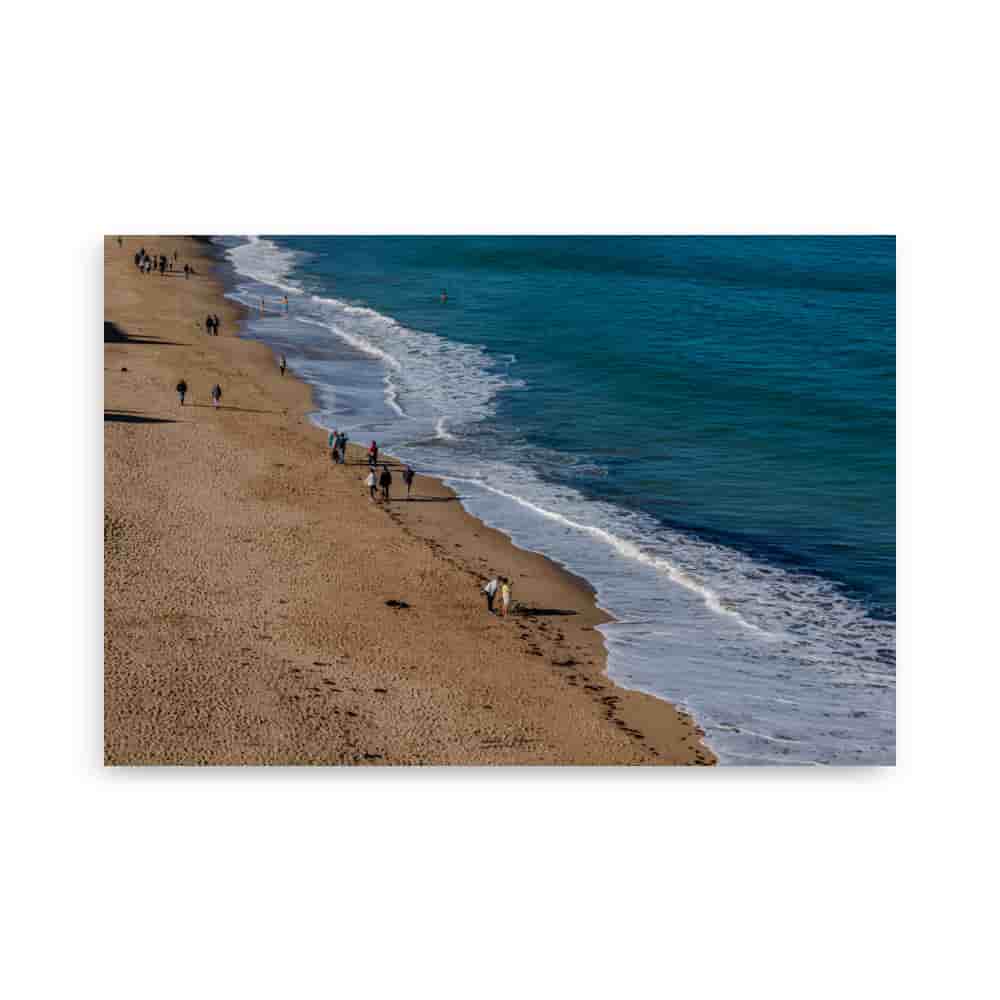
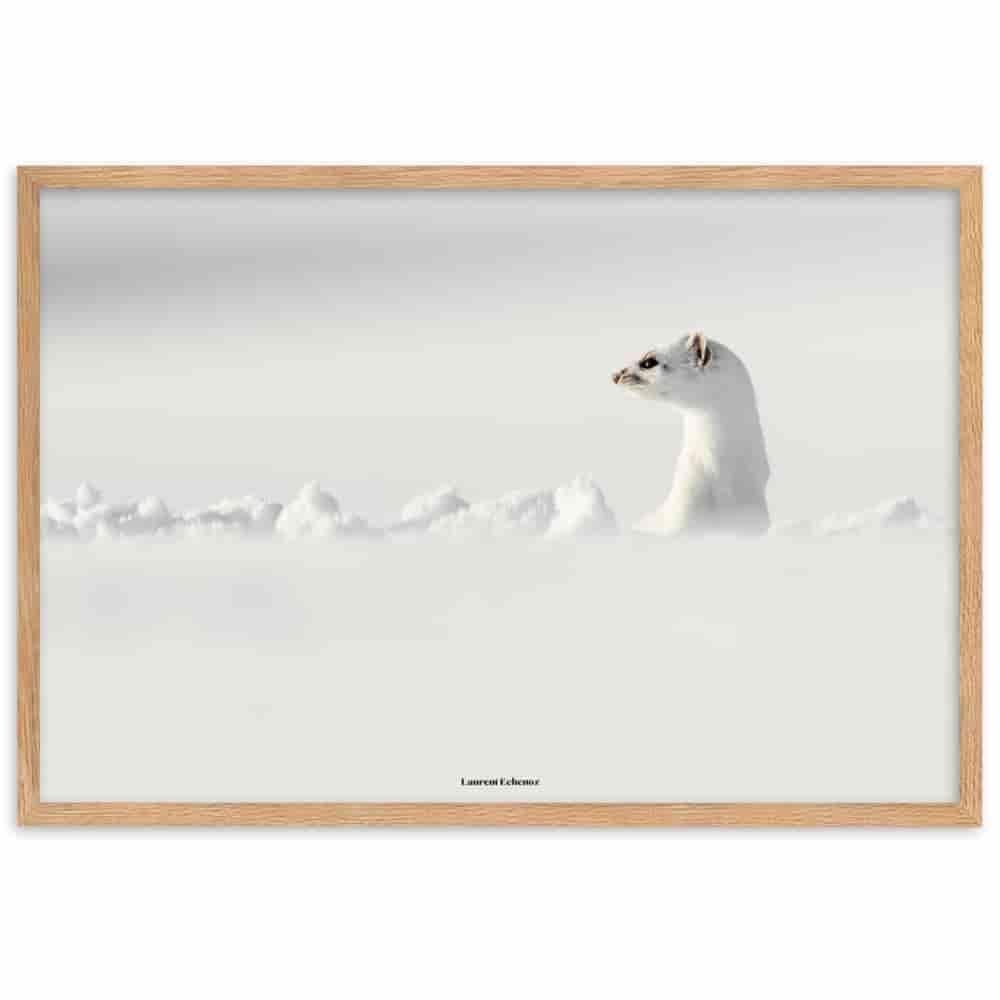
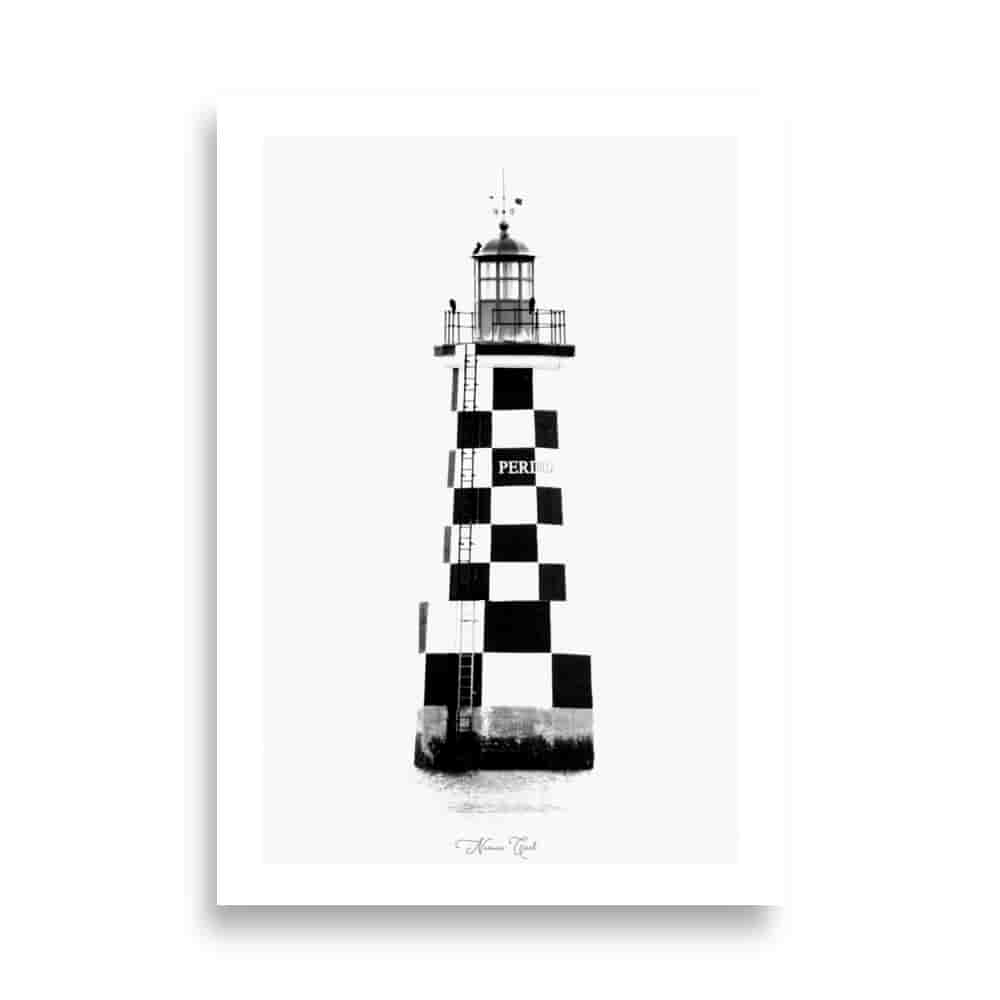
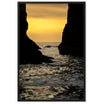
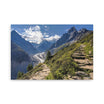






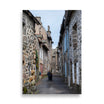




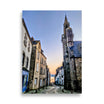


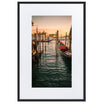










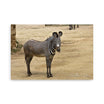


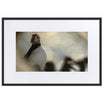




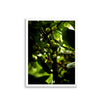


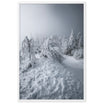



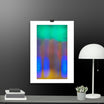




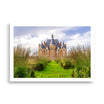




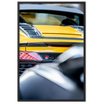

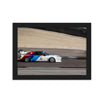

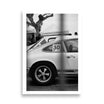
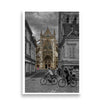





Leave a comment
All comments are moderated before being published.
This site is protected by hCaptcha and the hCaptcha Privacy Policy and Terms of Service apply.